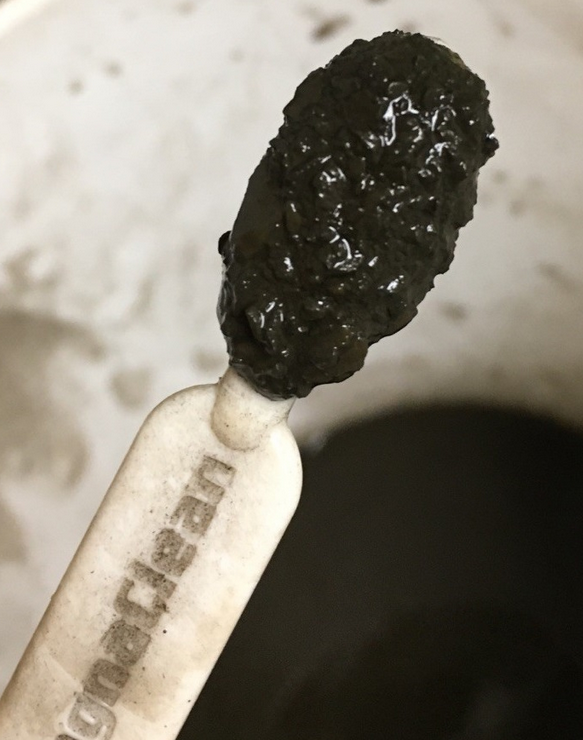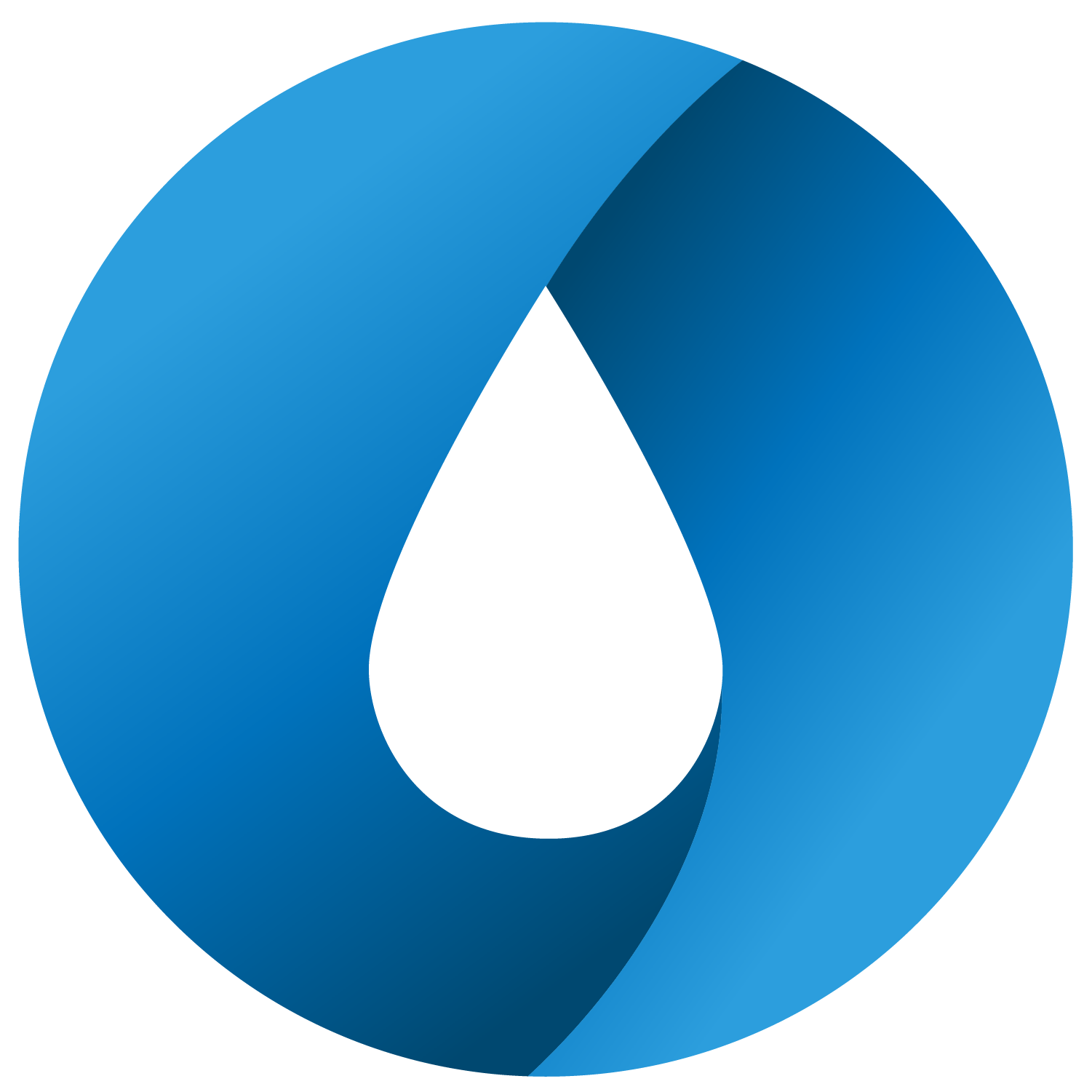 School environments are a critical part of student learning. Some studies show that classroom temperatures do potentially influence student test performance and memory ability. Additionally, high levels of humidity can lower concentration and increase sleepiness. High lead levels in drinking water can have serious consequences for children. Prolonged exposure to lead can cause neurological problems, heart disease, kidney disease and reduced fertility. Poor school building conditions have even been associated with student absenteeism. It’s no wonder that school systems in the Carolinas are putting extensive resources into the acquisition, maintenance and repair of water, HVAC and plumbing systems.
School environments are a critical part of student learning. Some studies show that classroom temperatures do potentially influence student test performance and memory ability. Additionally, high levels of humidity can lower concentration and increase sleepiness. High lead levels in drinking water can have serious consequences for children. Prolonged exposure to lead can cause neurological problems, heart disease, kidney disease and reduced fertility. Poor school building conditions have even been associated with student absenteeism. It’s no wonder that school systems in the Carolinas are putting extensive resources into the acquisition, maintenance and repair of water, HVAC and plumbing systems.
As students prepare to re-enter the classroom for the traditional school calendar, administrators and maintenance engineers should be behind-the-scenes ensuring that the environment is appropriate for student comfort and, hence, better suited for learning.
- Be certain equipment is installed properly. We can’t tell you how many times our engineers have ventured into commercial buildings without properly aligned pumps or with ineffective valve placements. Improperly installed equipment has a major impact on equipment efficiency and longevity in your school building.
- Regularly perform required maintenance on the entire HVAC system. While many overburdened maintenance teams fall into the trap of simply fixing what’s broken, it’s critical that recommended maintenance schedules are followed for expensive HVAC equipment like boilers, cooling towers and other major equipment in the system. Check operations and maintenance manuals for recommended cleaning and parts replacement. This will help ensure that your expensive equipment is ready to keep school building comfort levels where they need to be to maximize student learning.
- Check water quality. Contact your local manufacturer’s rep to run a test on your school’s drinking water. In 2016, dangerous lead levels were found in water systems across NC. If you find high levels of lead in your school’s water, there are some viable water remediation solutions immediately available, including ultraviolet treatment, carbon blocking, reverse osmosis and an option that uses electroadsorptive technology to effectively remove viruses, bacteria, lead, trace pharmaceuticals and more.
- Check your fixtures, valves and pipes. There are a wide variety of water-efficient faucets and flush valves on the market to upgrade your plumbing system, lower school utility expenses and reduce water waste. Make sure that your pipes are properly insulated to avoid freezing pipes in the cold winter months and check for leaks to keep water damage and potential mold problems at bay.
So, while students are busy securing new notebooks and pencils, work with your team to ensure that they have a healthy and comfortable environment to come to this fall. You’ll be sure to get an A+ rating from your community if you follow these few simple guidelines to keep students safe and in learning-ready classrooms!
Blog photo (c) Can Stock Photo / michaeljung






.png)




Submit a Comment